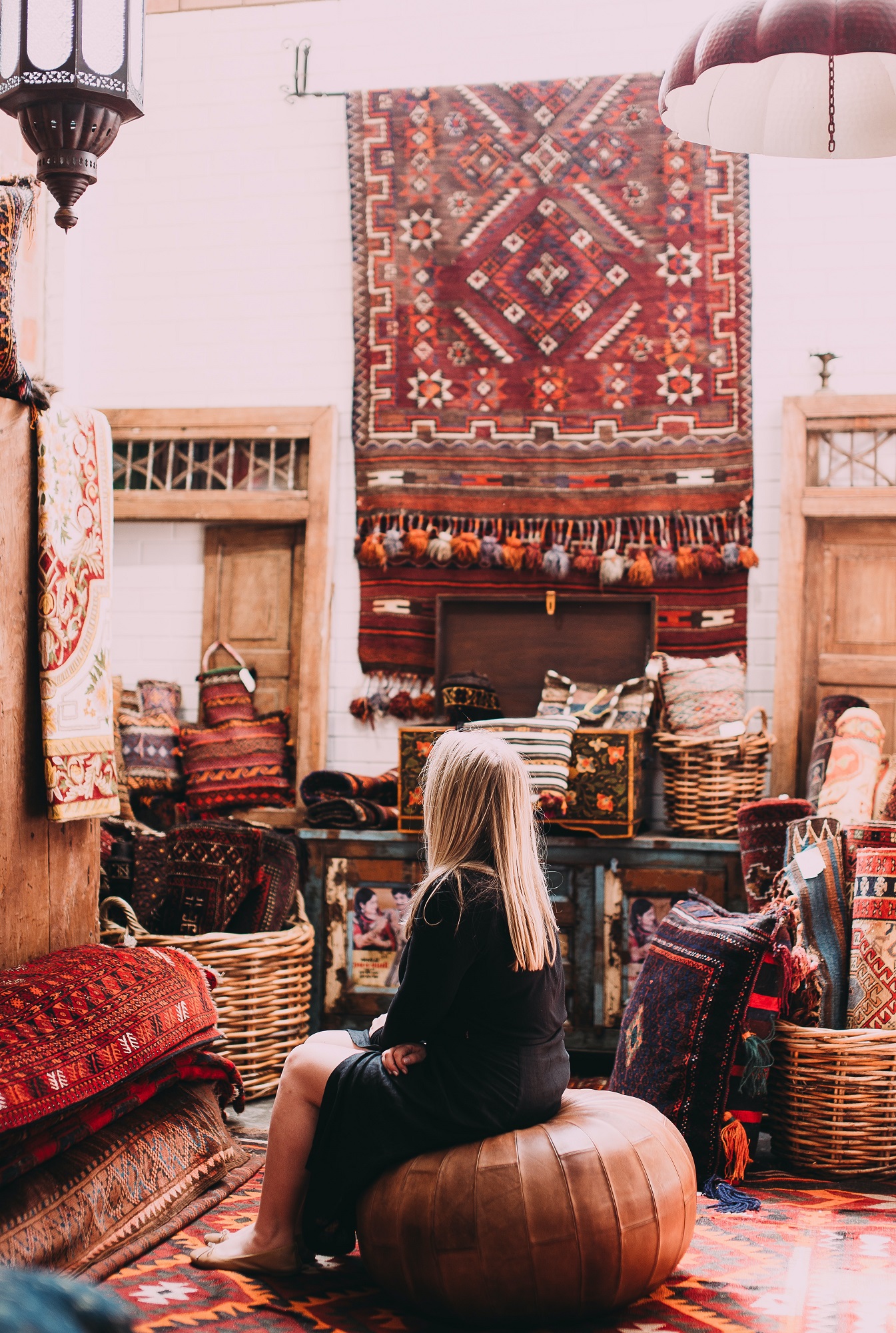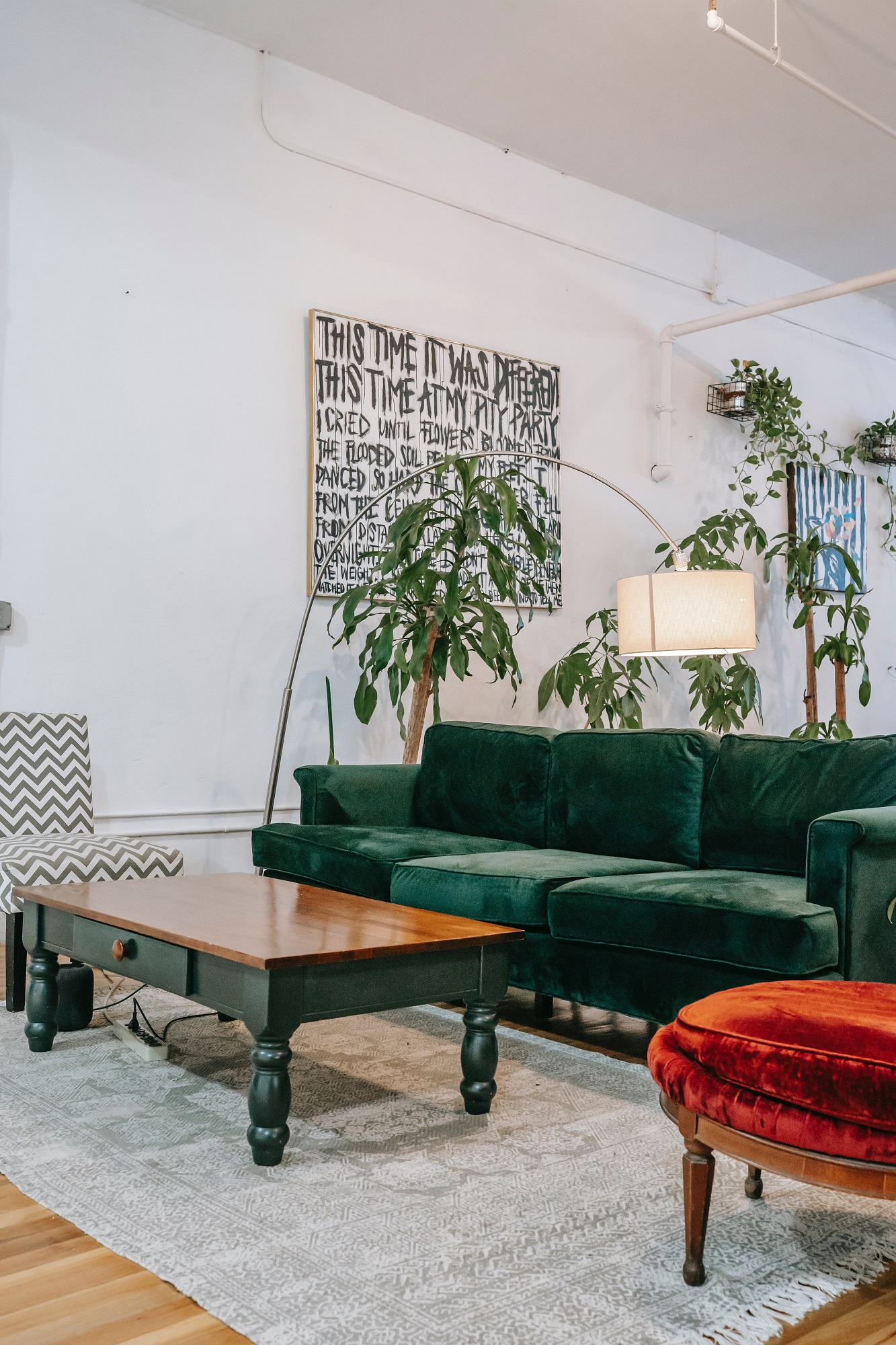Moroccan area rugs are notable all around the world for their extra special beauty and inviting look. These carpets are warm and calming and have a captivating allure that makes a definitive presence for domestic home décor uses.
Indeed, these Moroccan Rugs also tell a story about their origin. Moroccan mats are hand-woven rugs and form one part of the textiles in Morocco. Moroccan twentieth-century rugs are generally gathered in the West, frequently woven by the tribe of individuals who don’t look for or have formal specialized training.
The tradition of Moroccan rug making is very old. The early reliance on the rug industry by native Moroccans is surely due to the area’s distinctive environment: Moroccan mat may be amazingly thick with a high heap, making them valuable for the snow-covered Atlas Mountains; or they may be flat woven and light to suit the blistering desert environment. Moroccan Bedouin and Berber clans utilized these threads to weave flat area rugs as bed blankets and sleeping mats, as well as for self-design and entombment cover. These area rugs are also used as seat covers. The patterns that usually appear in Moroccan carpets are traditional and old, passed from one artisan generation to another.



